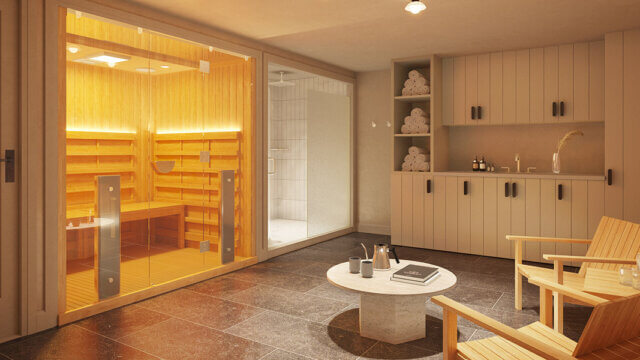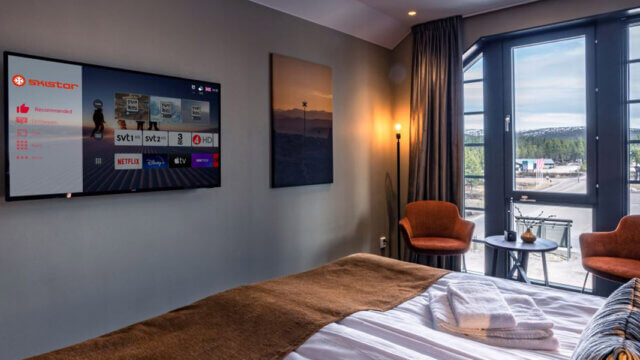Your WiFi service is more than an amenity. As something that can add significant economic value to your hotel now and in years to come, a strong internet network can be one of your company’s most durable assets.
Like any asset, your hotel network is an investment of time and money. Yielding the highest return means you need a digital infrastructure that is ready to support your network’s bandwidth demands today and tomorrow.
It’s no secret that hotel guests expect to stream and download content across multiple internet-enabled devices with ease. But, guests—now working remotely and traveling for business more than ever since the start of the COVID-19 pandemic—expect this level of connectivity beyond their rooms and in places like the lobby, gym, dining area, event spaces or conference rooms.
That’s not all. As AR/VR integration becomes widespread, these technologies will become more commonplace in hotels and hospitality venues. Phones and facial recognition are already replacing traditional room keycards. Some hotels have already started integrating automated robotic technology in their security, culinary and bellhop services.
While the technologies and capabilities described may seem more like novelties than necessities today, every successful hotel should position itself to deliver them seamlessly in the future.
So, the question becomes: What type of network do you need to set your hotel up for success with incredible, short-and long-term value?
There are several reasons why more and more hotels, resorts, and hospitality venues are increasingly incorporating Fiber-to-the-Edge (FTTE) architecture within their digital infrastructures. FTTE uses optical fiber to bring data all the way to the edge of a network, as close to end users as possible, enabling fast, reliable connections to everything from smartphones and laptops to security cameras, smart locks and mobile check-in kiosks.
Ideal for businesses requiring high bandwidth, flexibility and low latency, FTTE networks have a service life that can extend beyond 30 years. In contrast to a traditional copper network’s “rip-and-replace” cycle, “wire-it-once” fiber-based solutions are modular and scalable, making necessary upgrades and replacements every four to five years faster, simpler and more cost effective.
Think of your digital infrastructure like your hotel’s plumbing system: You don’t replace your building’s pipes every three to five years to keep water flowing to each room. Hotel guests expect fast and reliable WiFi connection and high bandwidth as much as they expect clean running water. So, why should you rely on traditional copper cables that need upgrading or replacing every few years?
Continued reliance on traditional architecture will likely hold struggling networks back due to their costly replacement cycles and still not meet guest expectations for connectivity and bandwidth.
FTTE is a future-ready foundation for easy network expansion. Adding applications to your network is simple, requiring little to no new infrastructure. So, when new technologies like WiFi 6 or WiFi 7 emerge, your network will be ready to handle high-bandwidth demands.
Even if guests today only care about having fast, seamless WiFi connectivity in their rooms, hotels can’t afford to play catch-up with tomorrow’s emerging technologies. The hospitality industry needs to start planning to meet the needs of the next generation of travelers.
The case for FTTE networking is becoming clearer. Fast, reliable connectivity requires a flexible, robust, and future-ready digital infrastructure that can meet growing data demands, support multiple devices at once, and adapt to future technology.
Now is the time to start rethinking your hotel’s digital infrastructure as a durable asset with FTTE in mind. Learn more about the advantages of FTTE and what it can mean for your hotel’s future success at www.corning.com/hospitality.




